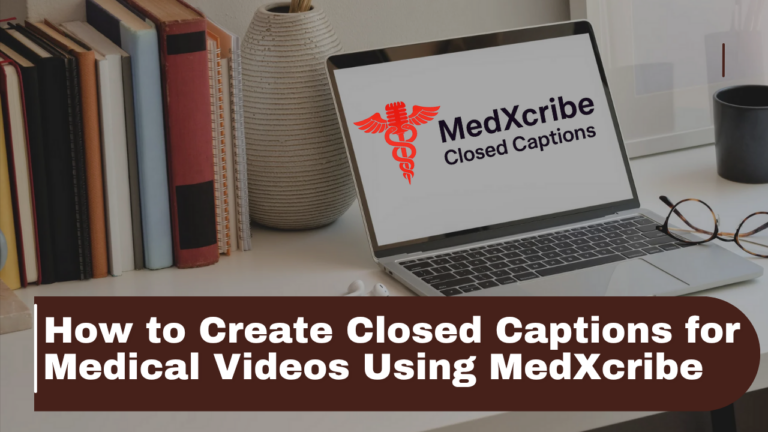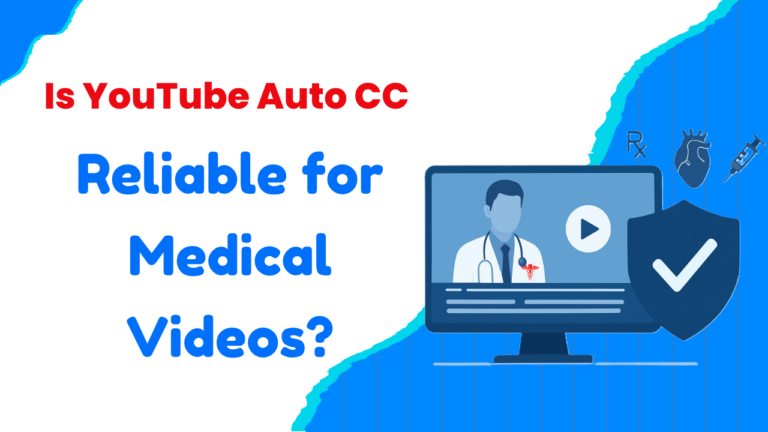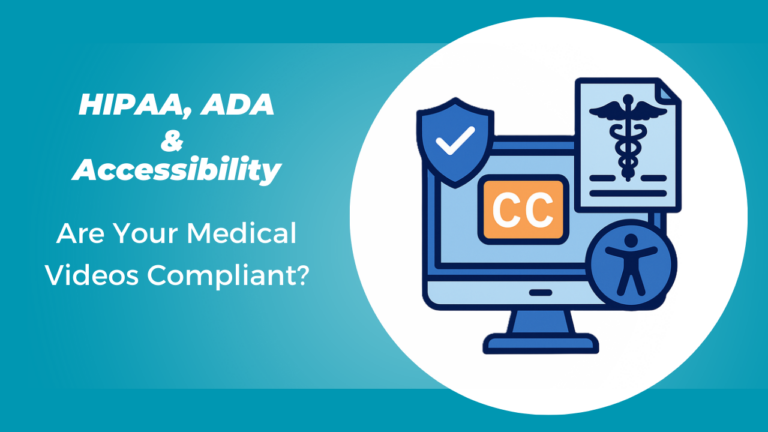Ever wondered how doctors’ notes went from scribbled papers to real-time digital summaries? Medical transcription has had quite a journey—starting with typewriters and ending up with smart AI assistants that can summarize conversations on the fly.
As someone who’s worked with tech in the healthcare space, I’ve seen how this transformation has reshaped the way we document patient care. Let me take you through the story of how medical transcription evolved—and why it’s so important today.

🔡 Typewriters and Dictaphones: The Old-School Grind
Before the age of computers, transcriptionists had a tough job. Doctors would speak into a dictaphone (an old-school recorder), and transcriptionists would type everything out—line by line on a typewriter.
It was:
- Tedious
- Prone to errors
- And revisions? Forget about it—those meant starting over.
But back then, it was the best we had. And it helped kick off the very idea of structured medical records.
💾 Enter the Digital Era: Word Processors & EHRs
Fast forward to the 80s and 90s, and suddenly—word processors were everywhere. Typewriters started gathering dust, and transcription became a little more forgiving.
Then came Electronic Health Records (EHRs)—game-changer. Now hospitals could store, edit, and share patient files digitally.
Transcriptionists could:
- Work faster
- Edit easily
- And deliver cleaner, more accessible reports
A huge leap in making healthcare data actually usable.
🌍 Outsourcing and the Global Workforce
Around the early 2000s, hospitals began outsourcing transcription jobs to countries like India and the Philippines. It was cheaper and scalable.
But of course, there were trade-offs:
- Time zone differences
- Accent confusion
- And serious questions about data privacy
Still, it helped make transcription a 24/7 operation.
🗣️ Speech Recognition Shows Up
Then came voice recognition tools like Dragon Naturally Speaking. Doctors could speak into a mic and get instant transcription on-screen.
It worked… sort of.
The pros?
- Real-time documentation
- Less manual labor
The cons?
- Accuracy was shaky, especially with medical terms
- Struggled with accents
- Required a lot of training and correction
A good step forward—but not perfect.
🤖 The AI Era: Smart, Context-Aware Transcription
And now? We’ve entered the AI phase.
Modern transcription tools use AI and natural language processing (NLP) to:
- Understand complex medical language
- Distinguish speakers
- Summarize conversations
- Work offline (!)
- Sync directly with EHR systems
It’s no longer just about transcribing. It’s about understanding and enhancing the conversation.
✨ MedXcribe – Your AI Medical Transcription Assistant
Let me introduce you to a new player that’s doing something special: MedXcribe.
This isn’t your typical transcription tool. MedXcribe is built for doctors, medical students, and clinics who need a reliable, fast, and offline way to document conversations.
Why it’s worth checking out:
✅ Works offline (perfect for remote areas)
✅ Understands medical jargon
✅ Summarizes key points automatically
✅ Prioritizes privacy and security
✅ Lightweight and easy to use
Whether you’re in a hospital, clinic, or even on the move—MedXcribe turns your voice into clean, structured documentation.
📊 Quick Comparison Table: From Then to Now
Here’s a visual to wrap it all up 👇
Era | Tools/Tech | Wins | Struggles |
Pre-1980s | Typewriters + Dictaphones | First step to formal records | Slow, error-prone, no editing |
1980s–1990s | Word processors, early PCs | Faster edits, digital storage | Still manual |
1990s–2000s | EHRs | Structured data, better sharing | Training + tech adoption |
2000s–2010s | Outsourcing | Cheaper, round-the-clock support | Security, language barriers |
2010s | Speech-to-text tools | Real-time dictation | Accuracy issues, training required |
2020s–Present | AI-powered tools (like MedXcribe) | Offline use, summarization, high accuracy | Early setup time, ensuring regulatory compliance |
👨⚕️ Why This Matters More Than Ever
Today, healthcare professionals face burnout, time pressure, and the need for better data.
The evolution of transcription means:
- Less paperwork for doctors
- Better patient records
- Smarter workflows
And tools like MedXcribe are making that shift real—not someday, but right now.
✍️ Final Thoughts
We’ve come a long way—from typewriters to tools that can literally listen, understand, and summarize a conversation.
If you’re in healthcare—or just curious about how AI is reshaping essential industries—keep an eye on this space. The next time your doctor isn’t frantically typing during your visit, you might just have AI transcription to thank.






